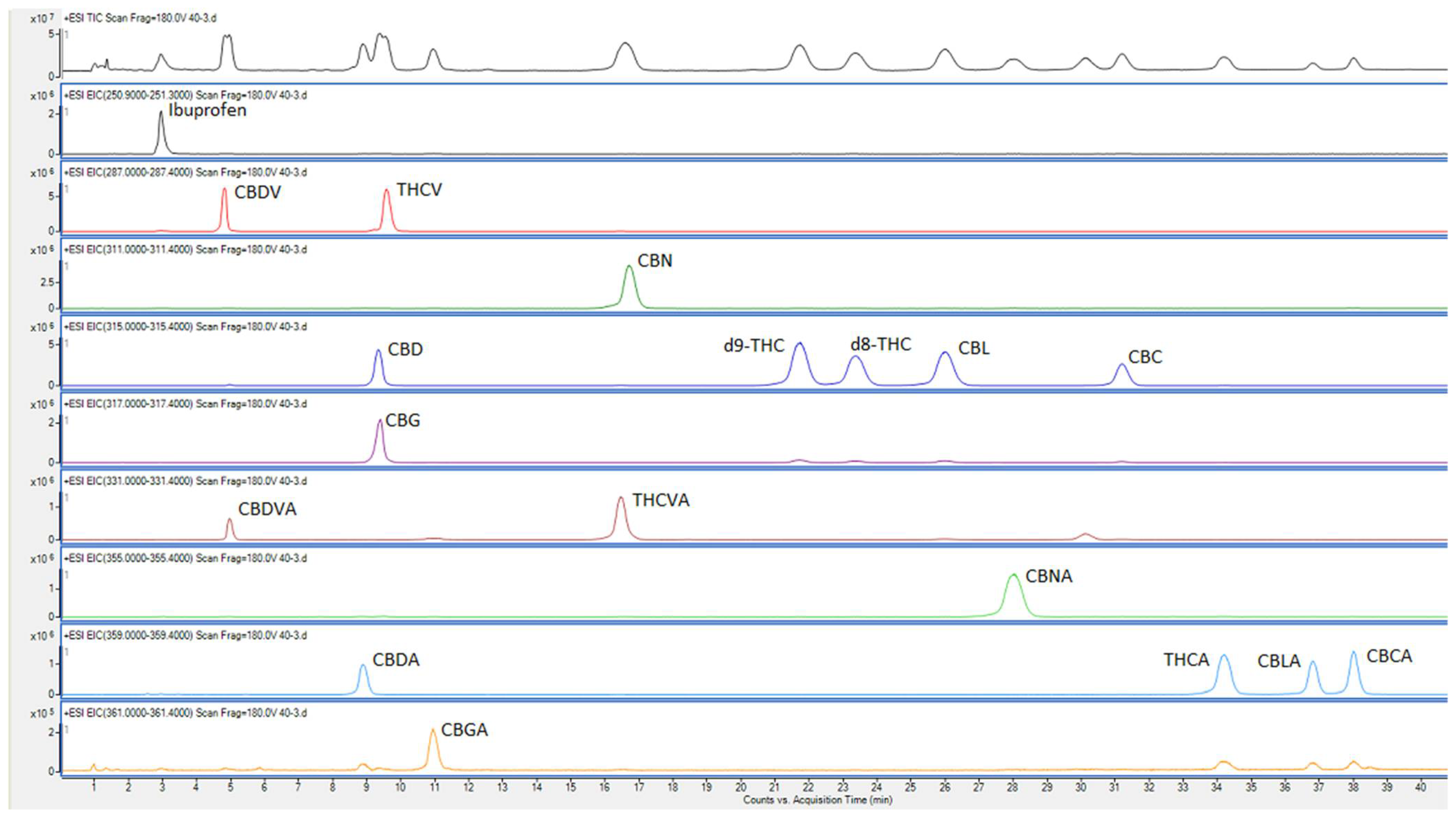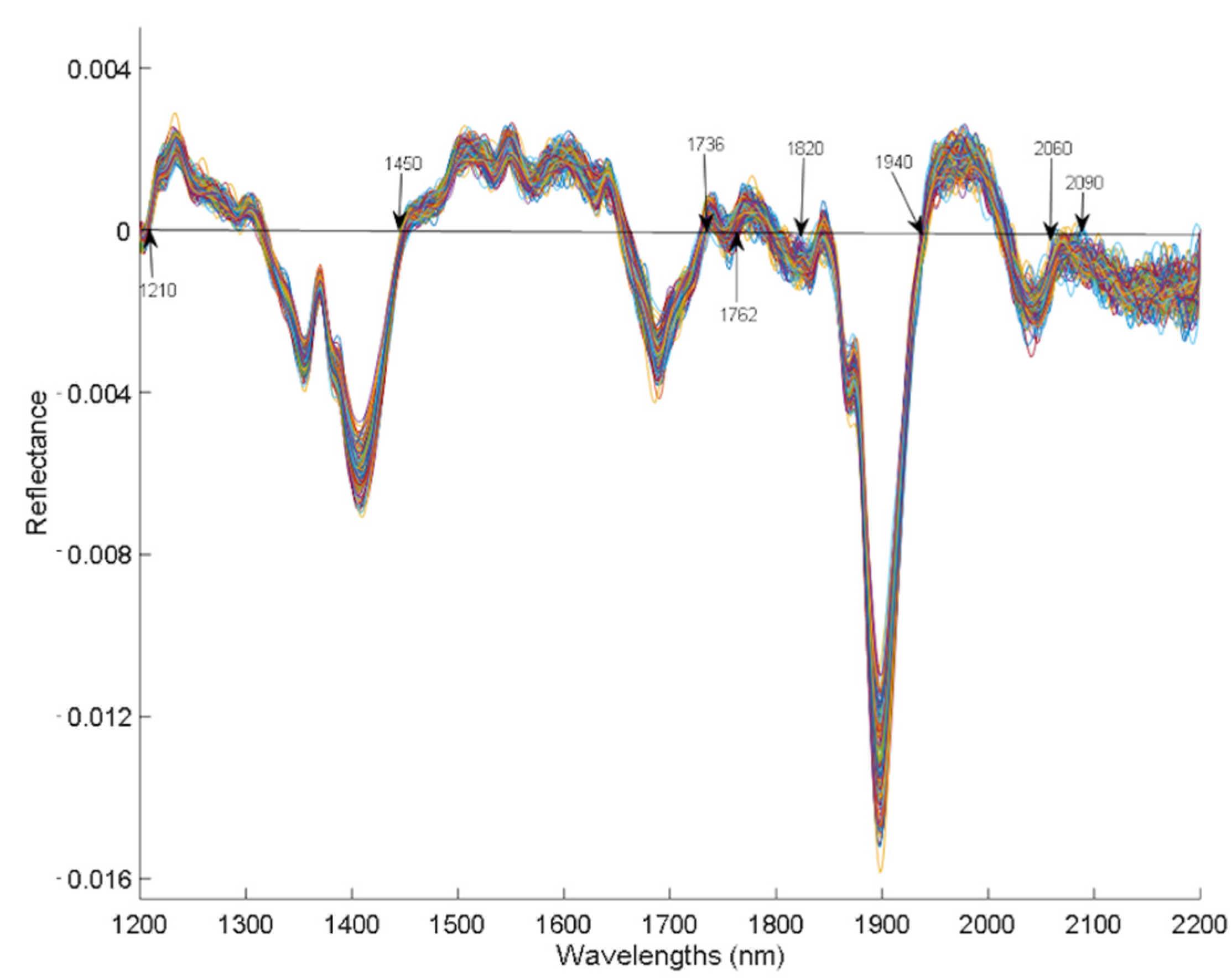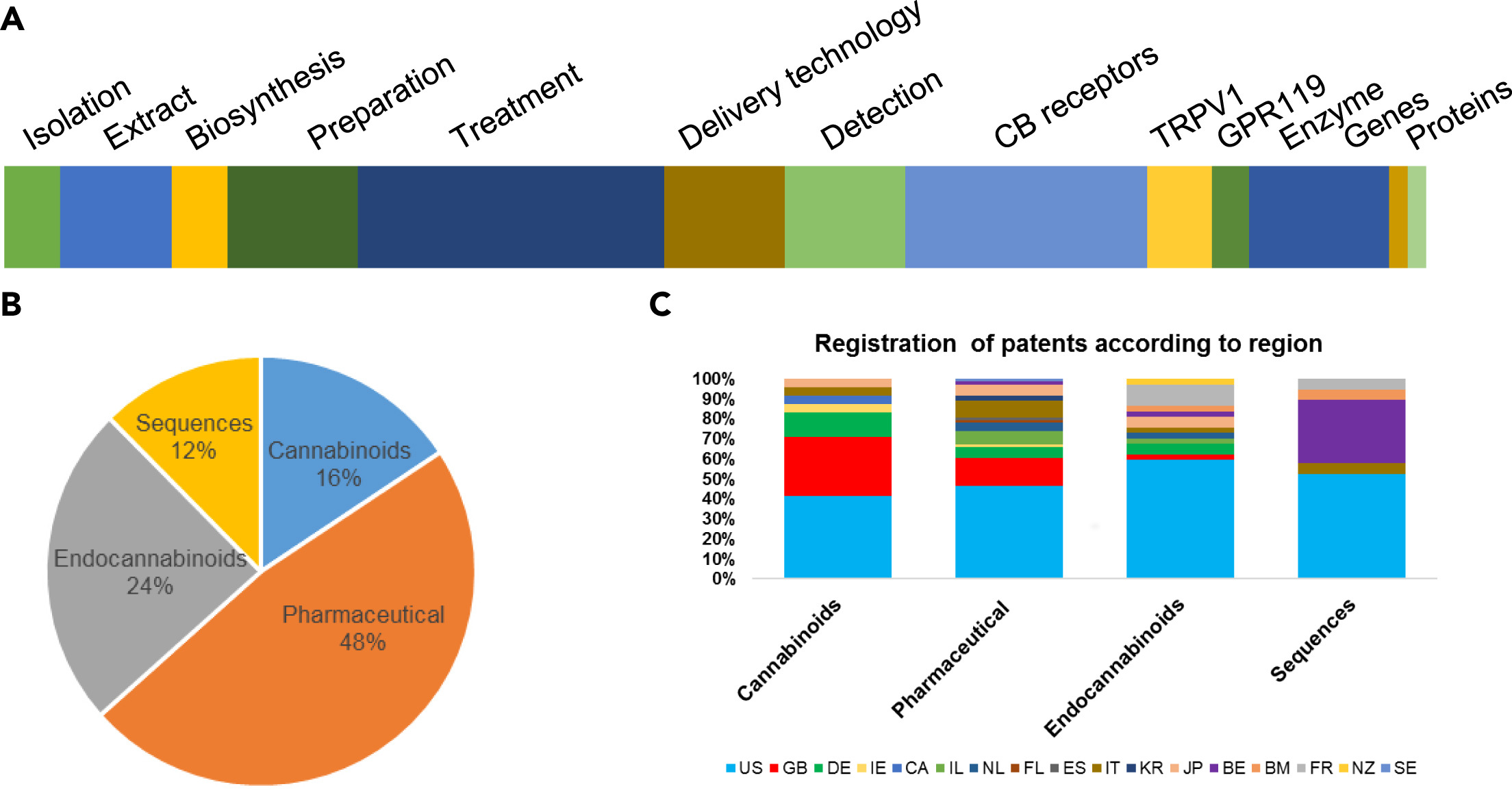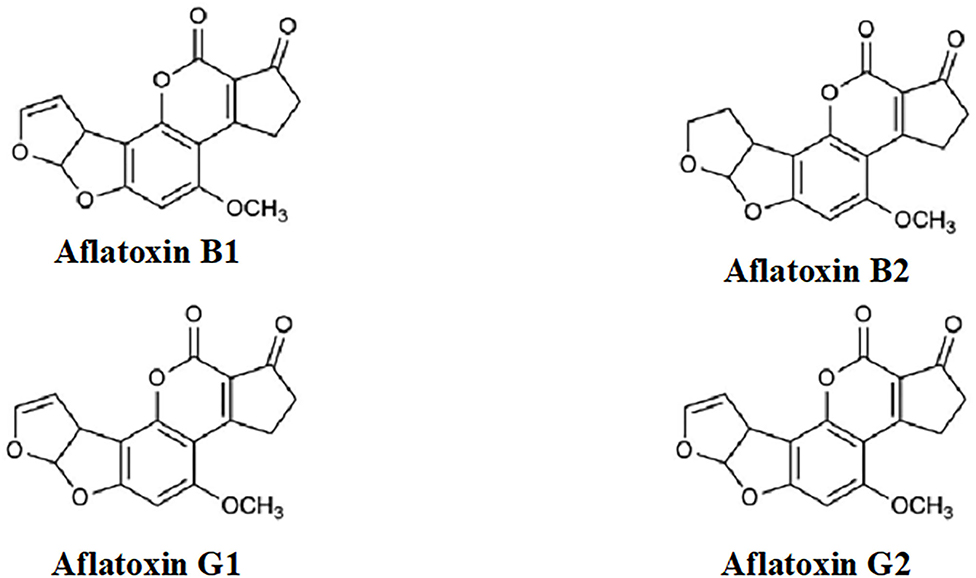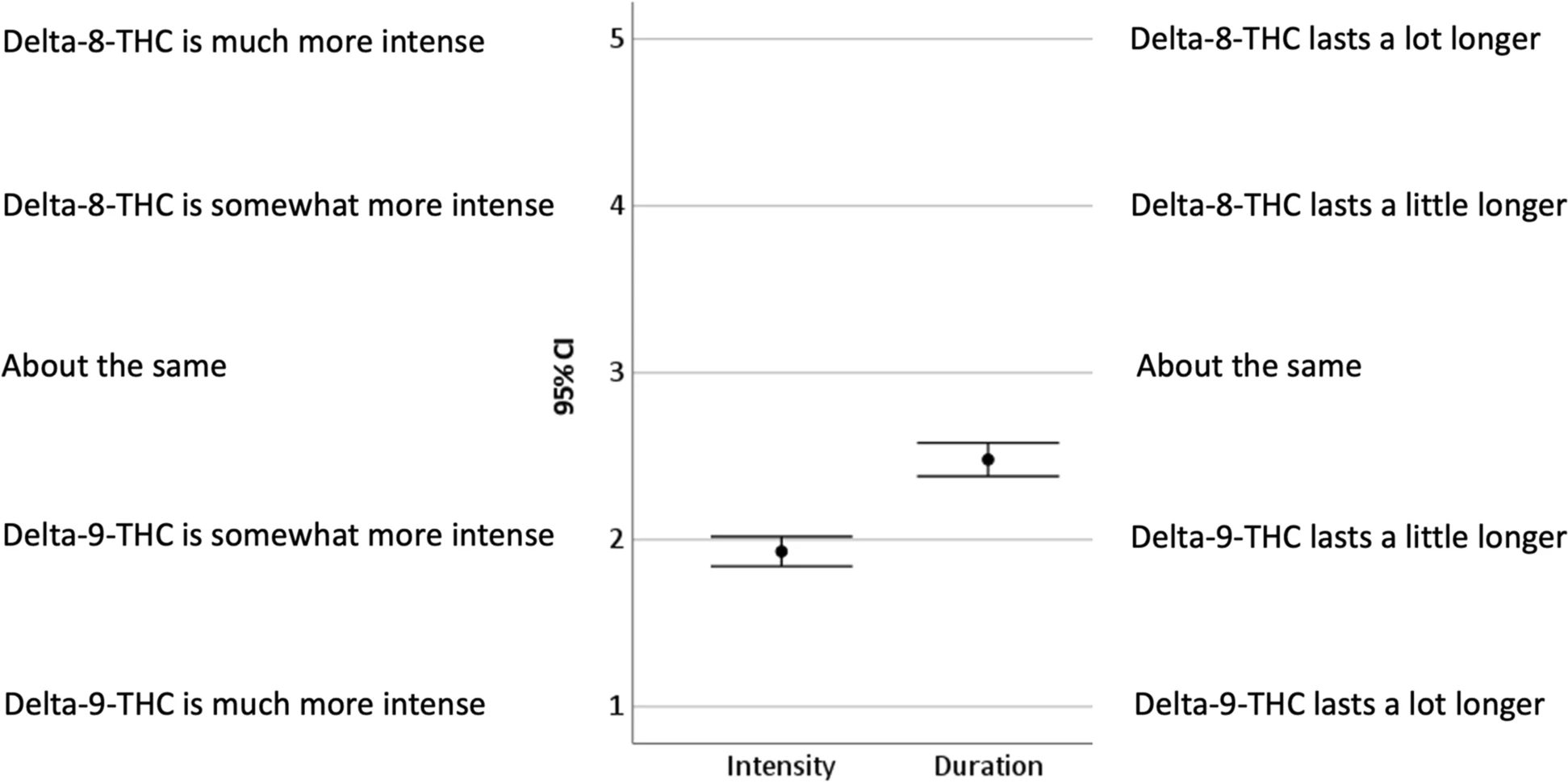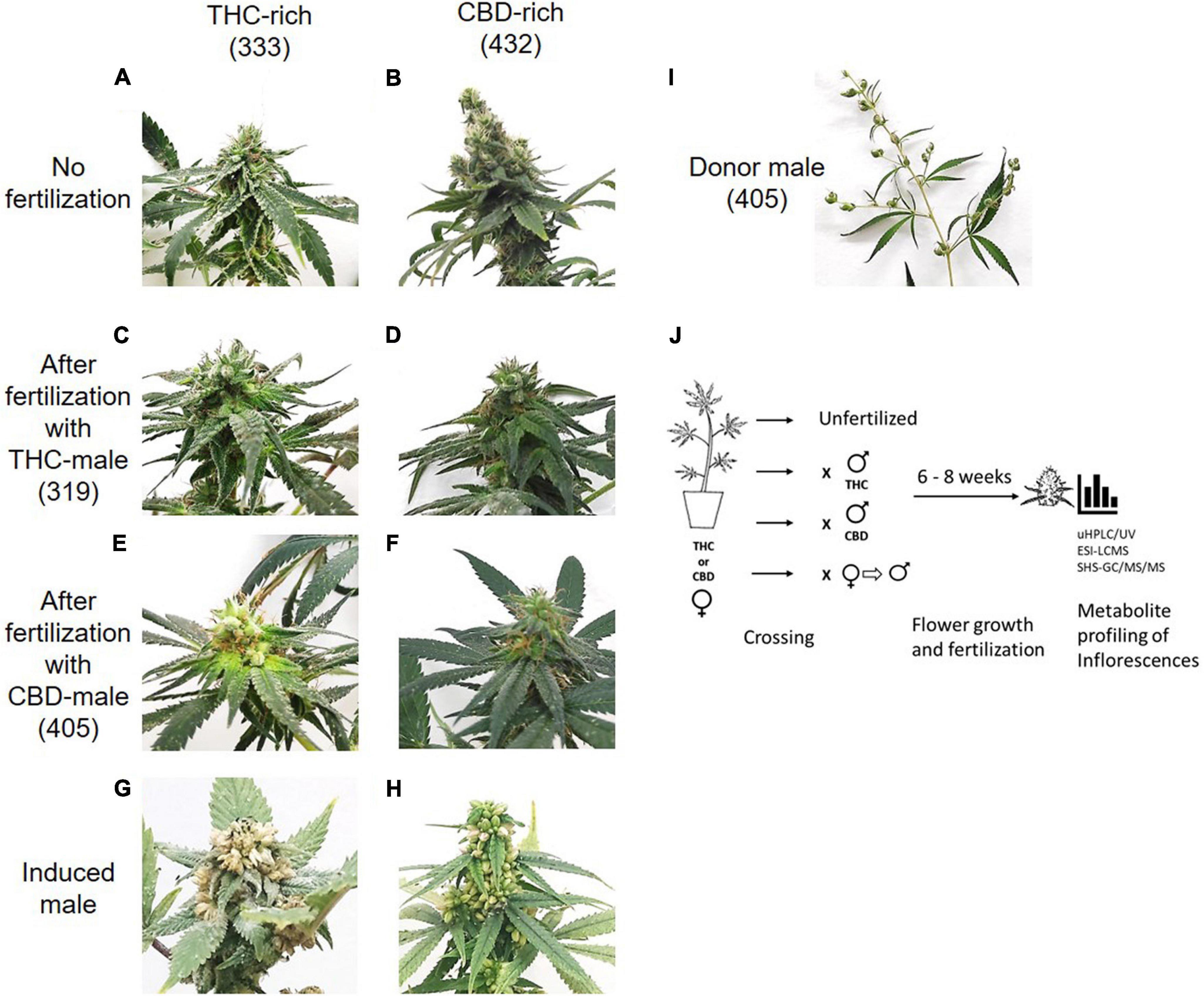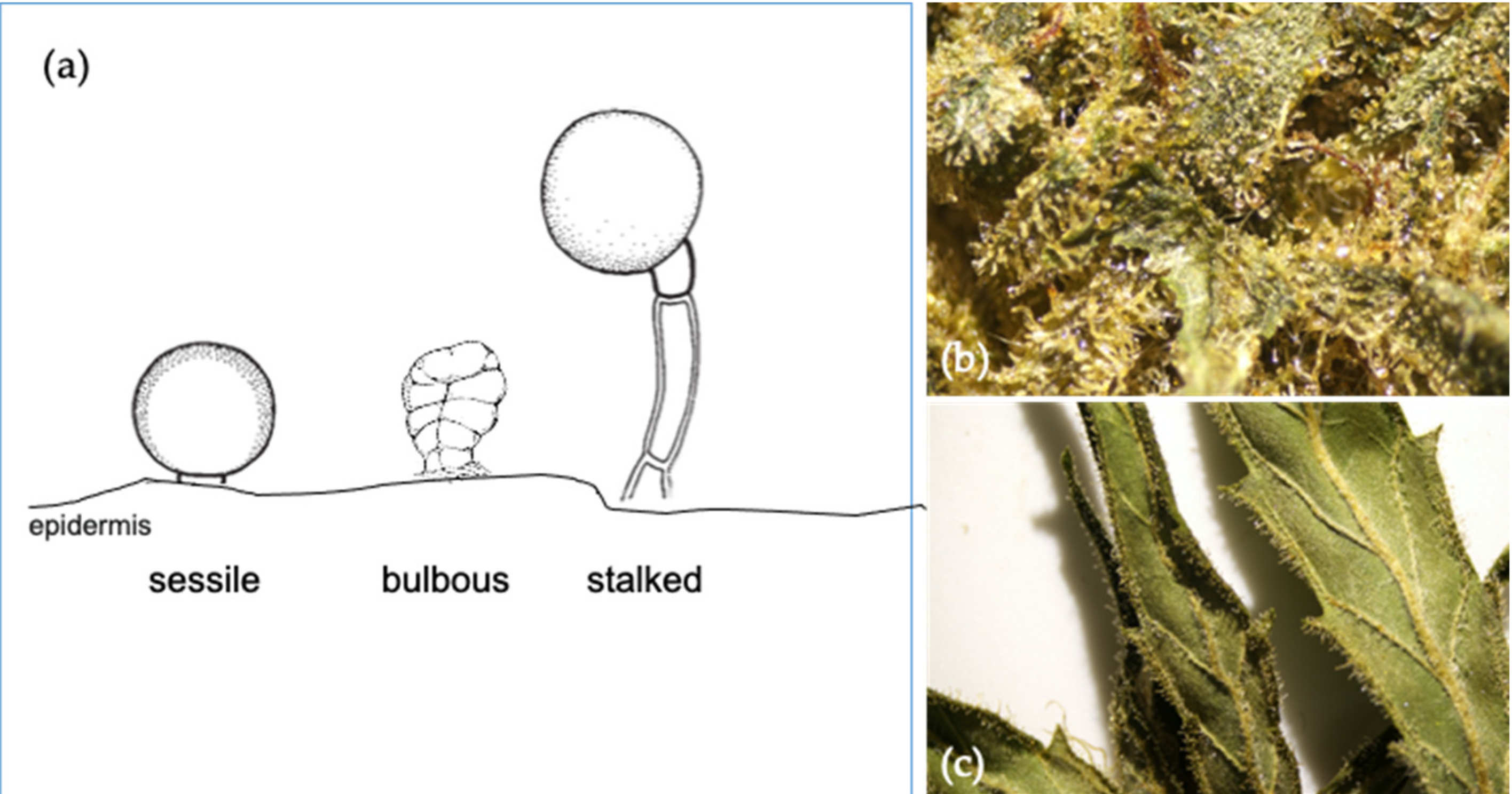 |
If you're looking for other "Article of the Month" archives: 2020 - 2021 - 2022 |
Featured article of the month archive - 2022
Welcome to the CannaQAwiki 2022 archive for the Featured Article of the Month.
Featured article of the month: July 2022:"Simultaneous quantification of 17 cannabinoids in cannabis inflorescence by liquid chromatography–mass spectrometry"
With an increasing appreciation for the unique pharmacological properties associated with distinct, individual cannabinoids of Cannabis sativa, there is demand for accurate and reliable quantification for a growing number of them. Although recent methods are based on highly selective chromatography–mass spectrometry technology, most are limited to a few cannabinoids, while relying on unnecessarily sophisticated and expensive ultra-high-performance liquid chromatography and tandem mass spectrometry. Here we report an optimized, simple extraction method followed by a reliable and simple high-performance liquid chromatography (HPLC) method for separation. The detection is performed using a time-of-flight mass spectrometer that is available in most natural products research laboratories ... (Full article...)
Featured article of the month: June 2022:
"Potential of NIRS technology for the determination of cannabinoid content in industrial hemp (Cannabis sativa L.)"
Industrial hemp (Cannabis sativa L.) is a plant native to Asia and is considered to be a primary source of food, textile fiber, and medicines. It is characterized by containing minimal concentrations of Δ9-tetrahydrocannabinol (THC), which is the main psychoactive chemical component, and cannabidiol (CBD), a non-psychoactive substance. In most European countries, the maximum concentration legally allowed for cultivation is 0.2% of THC, and it is currently under debate whether to increase this level to 0.3%. Moreover, in many countries its production is being regulated and legalized, increasing the need for a rapid analysis method ... (Full article...)
|
Featured article of the month: May 2022:
"Cannabis sativa research trends, challenges, and new-age perspectives"
Cannabis sativa L. is one of the oldest known medicinal plants, cultivated for at least 10,000 years for several agricultural and industrial applications. However, the plant became controversial owing to some psychoactive components that have adverse effects on human health. In this review, we analyze the trends in cannabis research for the past two centuries. We discuss the historical transitions of cannabis from the category of "herbal medicine" to an illicit drug and back to a medicinal product post-legalization. In addition, we address the new-age application of immuno-suppressive and anti-inflammatory cannabis extracts for the treatment of COVID-19 inflammation. We further address the influence of the legal aspects of cannabis cultivation for medicinal, pharmaceutical, and biotechnological research ... (Full article...)
|
Featured article of the month: April 2022:
"Does cannabis extract obtained from cannabis flowers with maximum allowed residual level of aflatoxins and ochratoxin A have an impact on human safety and health?"
The aim of this study was to investigate whether the cannabis extract obtained from cannabis flowers that contain the maximum allowed level of mycotoxins affects human safety and health. For that purpose, a novel method of liquid chromatography with tandem mass spectrometry (LC-MS/MS) was developed and validated for the determination of aflatoxins and ochratoxin A (OchA) in cannabis extracts to demonstrate that this analytical method is suitable for the intended experimental design. (Full article...)
|
Featured article of the month: March 2022:
"Delta-8-THC: Delta-9-THC’s nicer younger sibling?"
Products containing delta-8-tetrahydrocannabinol (Δ8-THC) became widely available in most of the United States following the 2018 Farm Bill, and by late 2020, those products were core products of hemp processing companies, especially where delta-9-tetrahydrocannabinol (Δ9-THC) use remained illegal or required medical authorization. Research on experiences with Δ8-THC is scarce, and some state governments have prohibited it because of this lack of knowledge. We conducted an exploratory study addressing a broad range of issues regarding Δ8-THC to inform policy discussions and provide directions for future systematic research. (Full article...)
|
Featured article of the month: February 2022:
"Fertilization following pollination predominantly decreases phytocannabinoids accumulation and alters the accumulation of terpenoids in Cannabis inflorescences"
Over the last few decades, a growing body of evidence has increasingly showed the therapeutic capabilities of Cannabis plants. These capabilities have been attributed to the specialized secondary metabolites stored in the glandular trichomes of female inflorescences, mainly phytocannabinoids and terpenoids. The accumulation of these metabolites in the flower is versatile and influenced by a largely unknown regulation system, attributed to genetic, developmental, and environmental factors. As Cannabis is a dioecious plant, one main factor is fertilization after successful pollination. Fertilized flowers are considerably less potent, likely due to changes in the contents of phytocannabinoids and terpenoids. (Full article...)
|
Featured article of the month: January 2022:
"The cannabis terpenes"
Terpenes are the primary constituents of essential oils and are responsible for the aroma characteristics of the Cannabis plant. Together with cannabinoids, terpenes illustrate a potential synergic and/or entourage effect, with their interactions having only been speculated on for the last few decades. Hundreds of terpenes have been identified that additionally add to the overall cannabis sensory experience, contributing largely to the consumer’s experiences, as well as the market price. These terpenes also enhance many therapeutic efforts, especially as aromatherapy. To shed light on the importance of terpenes in the cannabis industry, the purpose of this review is to morphologically describe sources of cannabis terpenes and to explain the biosynthesis and diversity of terpene profiles in different cannabis chemotypes. (Full article...)
|
|
